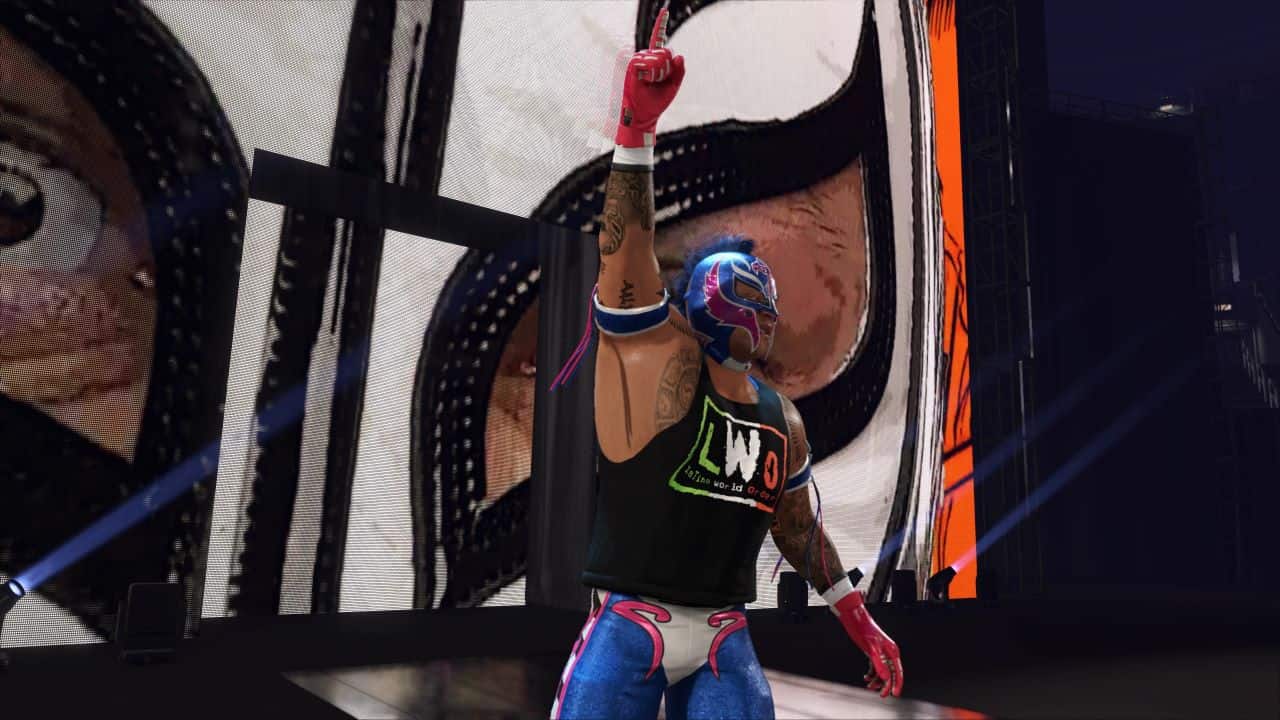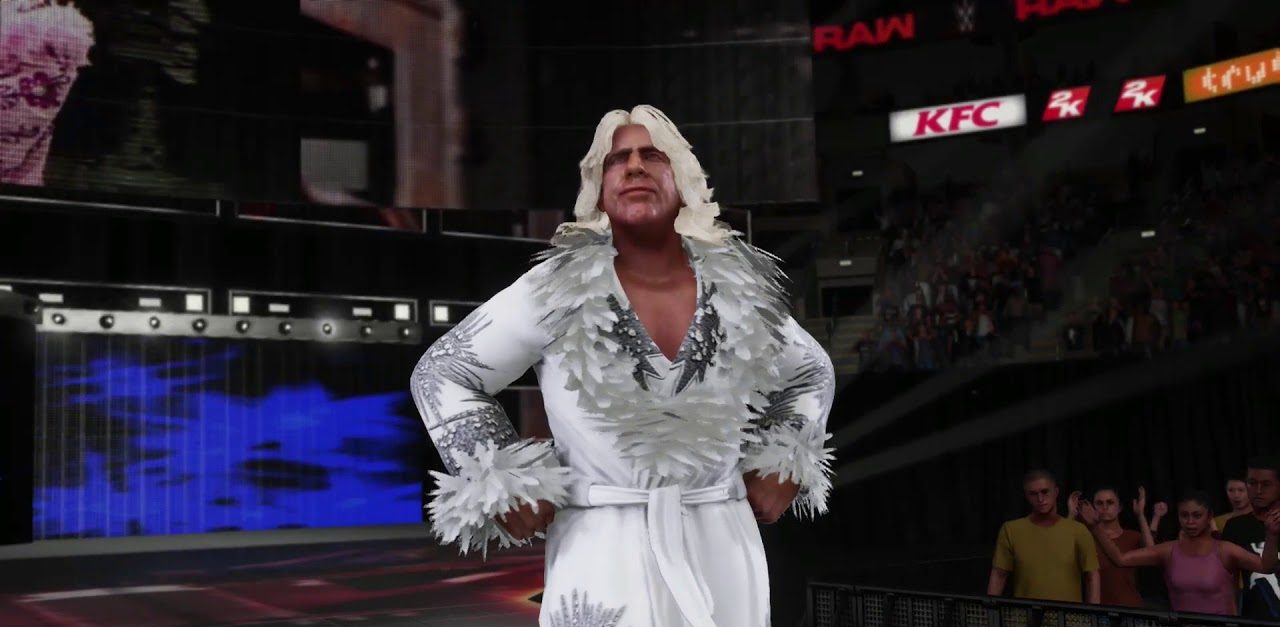For wrestling fans, WWE 2K’s Universe Mode is the ultimate playground to craft their own version of sports entertainment. While the mode offers extensive customization, making it feel like the real WWE requires strategy, creativity, and attention to detail. The thrill of watching intense rivalries, championship storylines, and surprising betrayals unfold keeps fans glued to WWE programming. But how can you recreate that same magic in WWE 2K’s Universe Mode?
By using the right booking techniques, storyline management, and match structuring, you can build a dynamic Universe that mirrors WWE’s drama-packed reality. Whether you want a long-term Bloodline-esque faction war or an underdog’s rise to glory, this guide will show you how to simulate WWE’s authenticity in the most immersive way possible.
1. Craft Realistic Storylines and Rivalries
A compelling WWE Universe Mode starts with strong storytelling. WWE thrives on deep narratives, from personal grudges to career-defining feuds. Instead of booking random matches, create meaningful rivalries with backstory and momentum. Use Universe Mode’s rivalry settings to build engaging plots, but take it further by adding your own twists.
- Use Cutscenes & Promos: Utilize rivalry options to trigger cutscenes that add drama to your feuds. Complement these with manually created promo segments in exhibition mode or via custom storytelling.
- Pace Your Feuds Like WWE: Don’t rush storylines. Let rivalries simmer over months, with small interactions leading to a big payoff at a major PPV event.
- Think Like a WWE Writer: Would WWE book a squash match between a top champion and a mid-carder with no context? Keep realism in mind when structuring rivalries.
2. Balance Match Cards for Realistic Programming
WWE’s weekly shows balance storytelling, in-ring action, and superstar development. To emulate this in Universe Mode, structure your shows with a mix of high-profile matches, undercard feuds, and surprise moments.
- Segment-Based Booking: Divide your show into logical sections—start with a promo or a mid-card match, feature a storyline development segment in the middle, and close with a main event that advances major feuds.
- Build Superstars Over Time: WWE doesn’t push every wrestler at once. Rotate feuds, keep some superstars off TV occasionally, and use wins/losses to shape their career trajectories.
- Use Realistic Match Types: Don’t overuse gimmick matches. Save Hell in a Cell bout for major feuds, and ensure stipulations make storyline sense.

3. Manage Titles and Factions Like WWE
Championships and factions are at the core of WWE storytelling. Titles give superstars credibility, while factions create multi-layered feuds that enhance long-term storytelling.
- Make Titles Feel Prestigious: Book meaningful title defenses rather than excessive rematches. Ensure champions defend their belts at PPVs but also engage in non-title feuds.
- Utilize Factions for Multi-Person Stories: WWE thrives on groups like The Bloodline and Judgment Day. Use stables to create power struggles, betrayals, and alliances that lead to engaging in multi-person feuds.
- Long-Term Championship Arcs: Just like Roman Reigns’ legendary run, build a champion’s reign over time with key wins, challenges, and eventual downfall to keep things compelling.

4. Incorporate Organic Surprises and Surprising Moments
One of WWE’s biggest strengths is its ability to surprise fans with unexpected twists. Universe Mode allows you to script surprising moments that keep your virtual WWE exciting and unpredictable.
- ** Heel and Face Turns:** Have a long-time babyface betray their best friend at the peak of their momentum, or book a returning legend to turn heel and challenge a top star.
- Return of Legends and Debuts: Use CAWs or in-game superstars to simulate surprising returns. Whether it’s a Royal Rumble surprise entrant or an NXT call-up, these moments add authenticity.
- Create Major Upsets: Occasionally let an underdog surprise a dominant champion. It adds realism, unpredictability, and fresh storyline directions.


